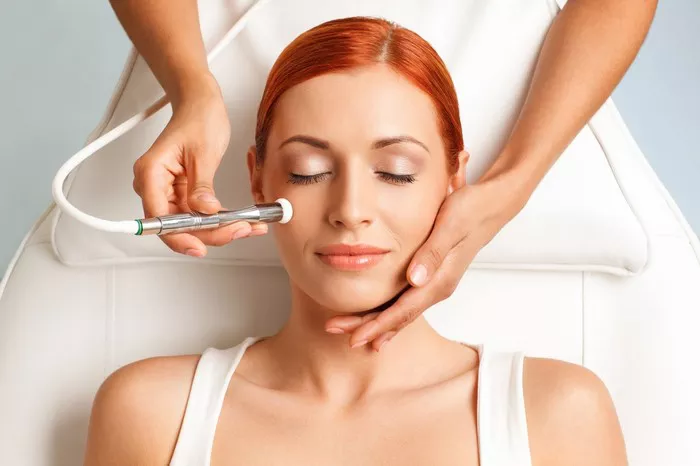Buccal fat pad removal, also known as cheek reduction surgery, is a cosmetic procedure aimed at reducing the fullness of the cheeks by removing excess fat from the buccal fat pads located in the lower cheeks. This surgical technique is commonly sought after by individuals seeking to achieve a more defined facial contour and a slimmer appearance in the cheek area.
Cost of Buccal Fat Pad Removal
The cost of buccal fat pad removal surgery can vary depending on several factors, including the surgeon’s experience and reputation, the geographic location of the practice, and the extent of the procedure. On average, the cost of buccal fat pad removal surgery ranges from $2,000 to $5,000 per procedure. This cost typically includes the surgeon’s fee, facility fee, anesthesia fee, and any pre-operative consultations or follow-up appointments.
It is important to note that the cost of buccal fat pad removal surgery may be higher in certain regions or at prestigious practices with renowned surgeons. Additionally, the complexity of the procedure and any additional treatments or complementary procedures performed concurrently can also impact the overall cost.
Before and After Comparison
Before undergoing buccal fat pad removal surgery, individuals often experience round or chubby cheeks due to the presence of excess fat in the buccal fat pads. This can result in a lack of definition in the cheek area and a softer, less sculpted facial contour. After undergoing the procedure, patients typically notice a significant reduction in cheek fullness and a more sculpted appearance in the lower face. The cheeks appear slimmer, and the jawline may appear more pronounced, resulting in a more aesthetically pleasing facial profile. Overall, the before and after comparison often reveals a noticeable improvement in facial symmetry and balance.
Expected Results
The expected results of buccal fat pad removal surgery vary depending on the individual’s anatomy and aesthetic goals. During the procedure, the surgeon carefully removes a portion of the buccal fat pads to achieve the desired level of reduction in cheek fullness. It is important to note that the amount of fat removed should be conservative to avoid over-reduction and potential complications such as hollow or gaunt-looking cheeks. Patients can expect a gradual improvement in their facial appearance as swelling subsides and the tissues settle into their new contours over time.
While buccal fat pad removal can effectively reduce cheek fullness and enhance facial contours, it is essential to have realistic expectations about the outcome of the surgery. Patients should consult with a qualified plastic surgeon who can assess their candidacy for the procedure and provide personalized recommendations based on their individual anatomy and aesthetic goals.
Recovery and Aftercare
Following buccal fat pad removal surgery, patients can expect some swelling, bruising, and discomfort in the treated area. However, these side effects are typically temporary and can be managed with pain medication and cold compresses. Most patients are able to resume normal activities within a week of surgery, although strenuous exercise and activities that may put pressure on the cheeks should be avoided for several weeks to allow for proper healing.
It is important for patients to follow their surgeon’s post-operative instructions carefully to ensure a smooth recovery process. This may include keeping the head elevated, avoiding smoking and alcohol consumption, and attending follow-up appointments with the surgeon to monitor progress and address any concerns.
Alternative Treatments
While buccal fat pad removal surgery is an effective option for reducing cheek fullness, it is not the only treatment available. Alternative treatments for achieving a slimmer facial appearance include facial exercises, which can help strengthen and tone the muscles in the face, as well as diet and exercise modifications aimed at reducing overall body fat. In some cases, other surgical procedures such as liposuction or facial liposculpture may be recommended to address excess fat deposits in the face and neck area.
It is important for individuals considering buccal fat pad removal or any other cosmetic procedure to consult with a qualified plastic surgeon to discuss their options and determine the most appropriate treatment plan based on their unique needs and goals.
In conclusion, buccal fat pad removal surgery offers a safe and effective solution for individuals seeking to achieve a more sculpted facial appearance and reduce cheek fullness. By understanding the expected results, recovery process, and alternative treatments available, patients can make informed decisions about whether buccal fat pad removal surgery is right for them.


